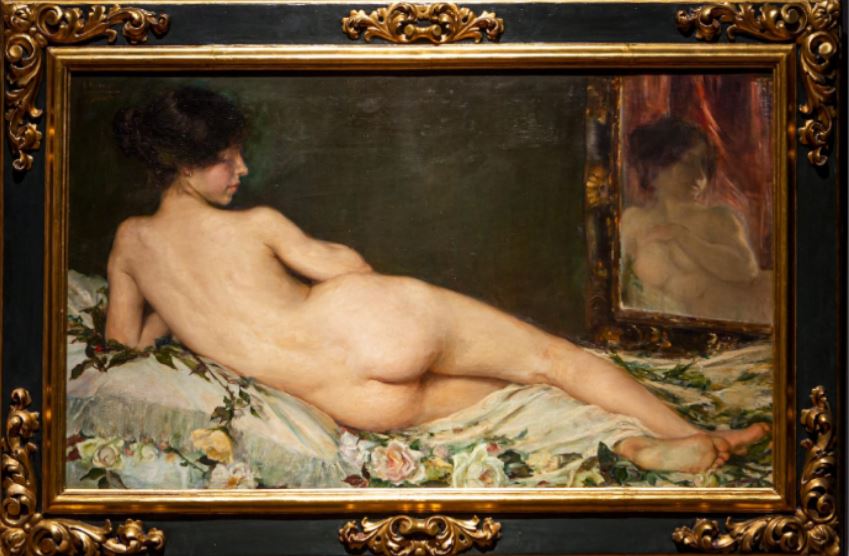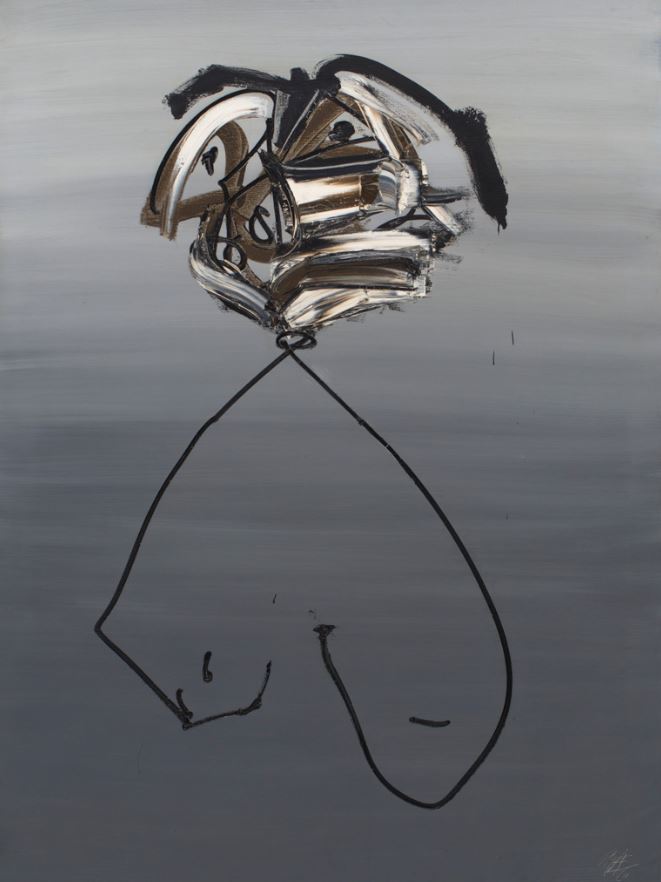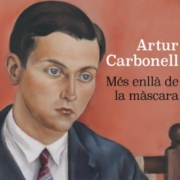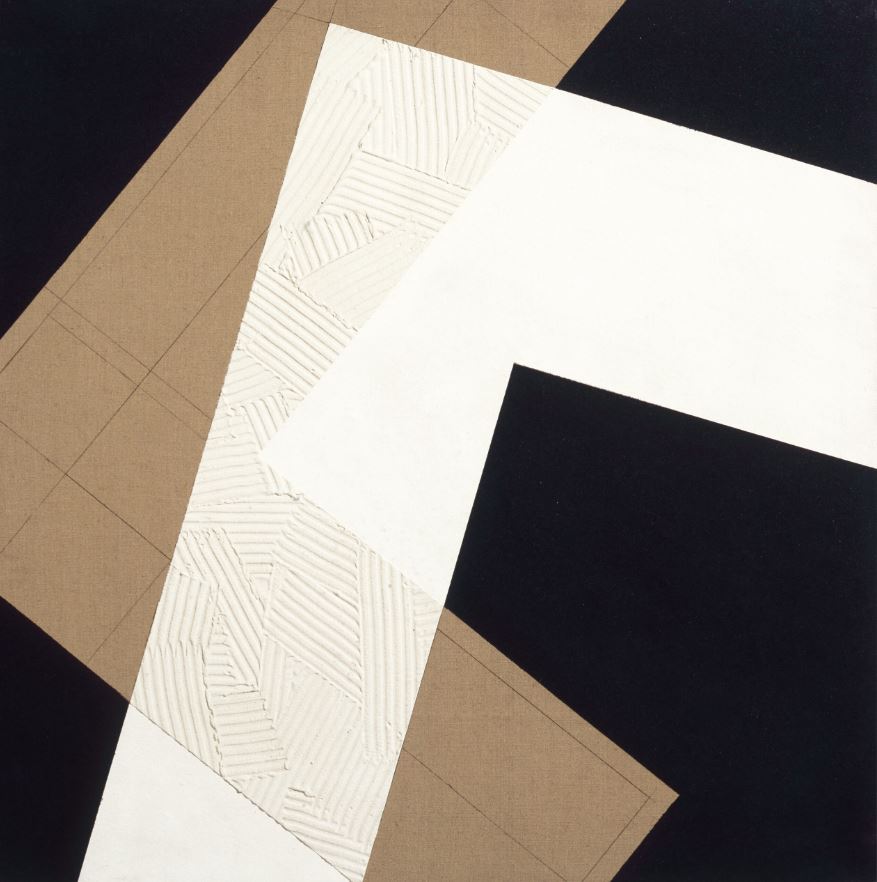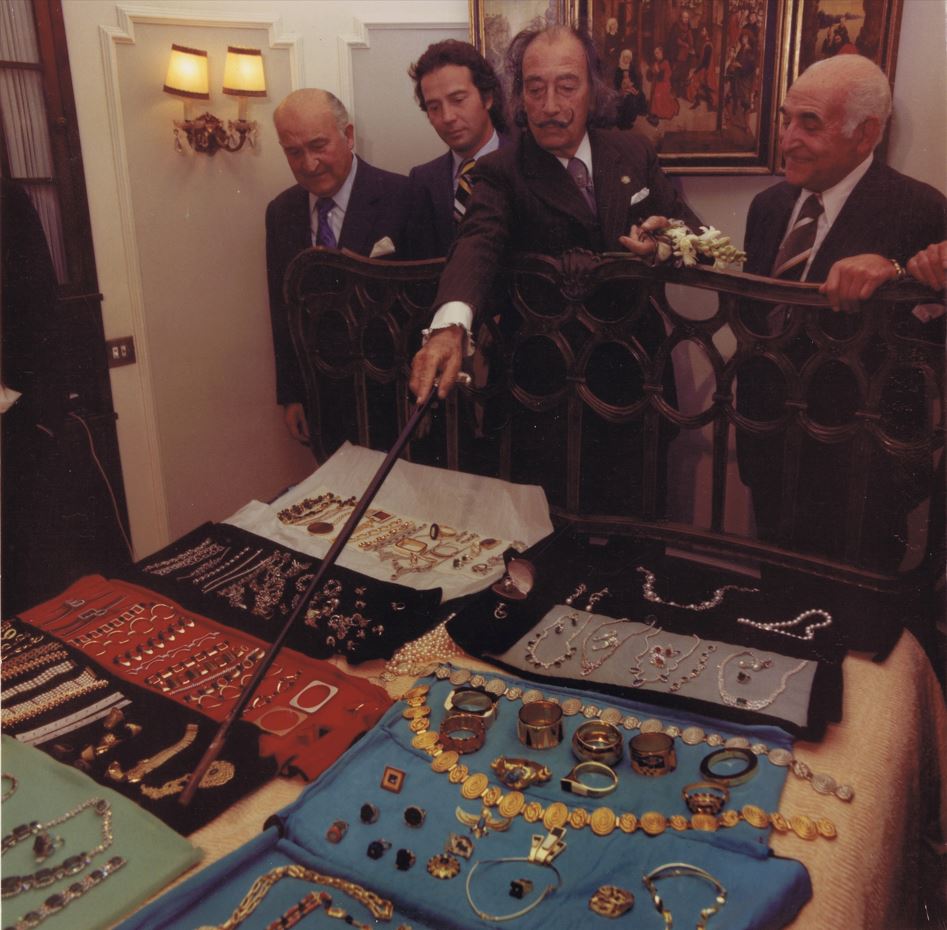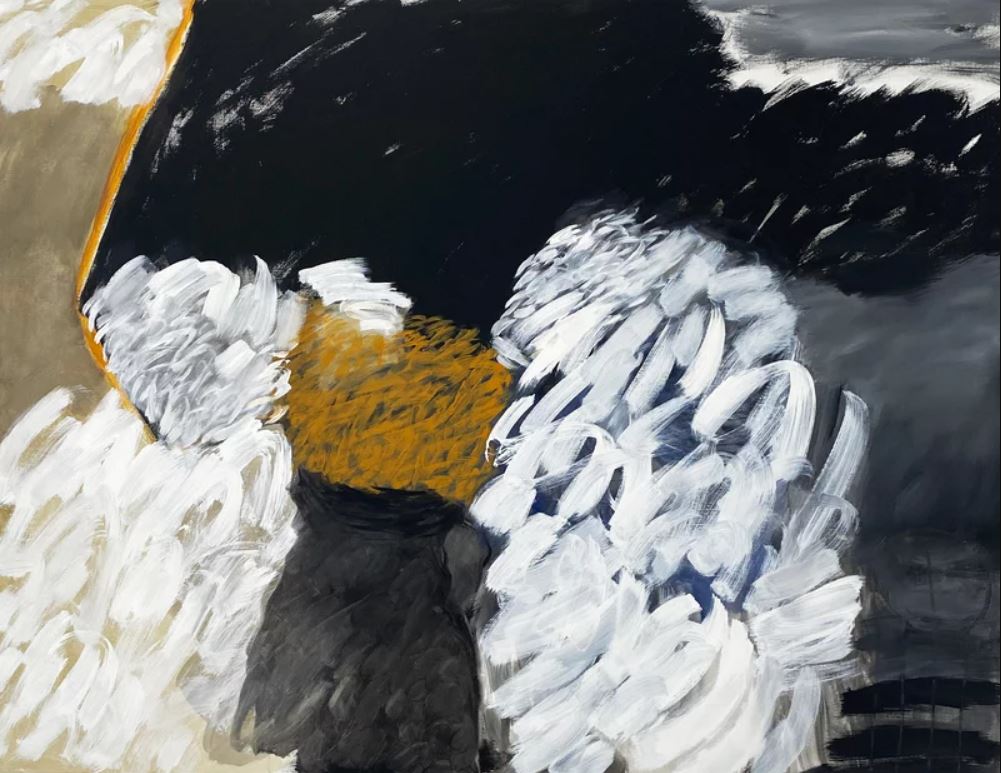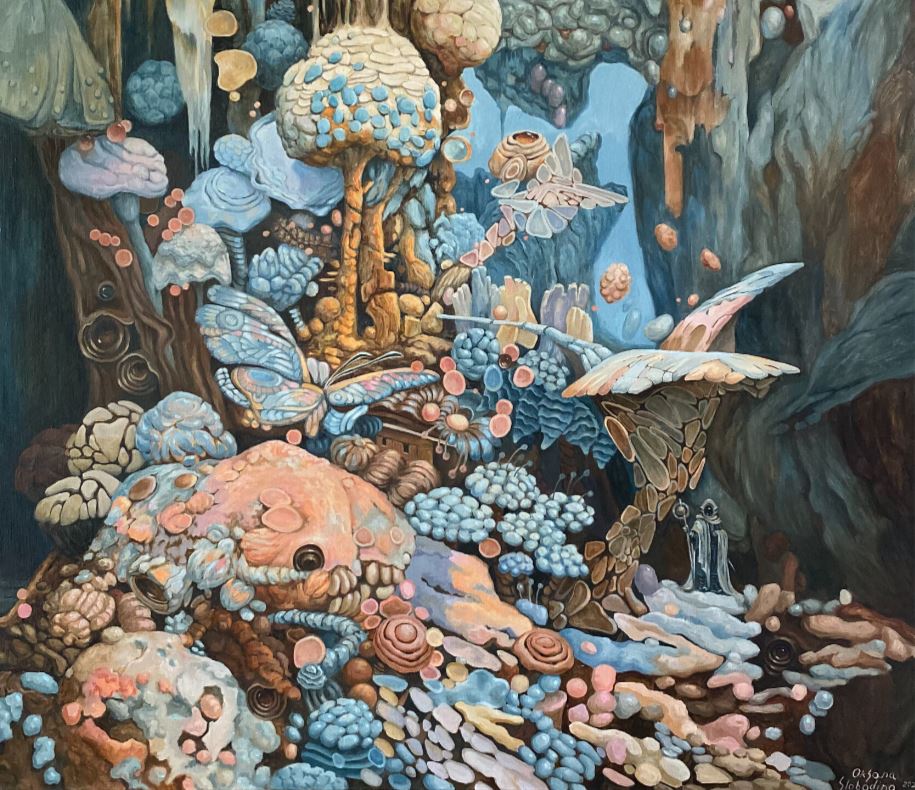Exhibitions
The nude in Spanish art: between the canon and the revolt
A journey between academic tradition and creative rebellion.
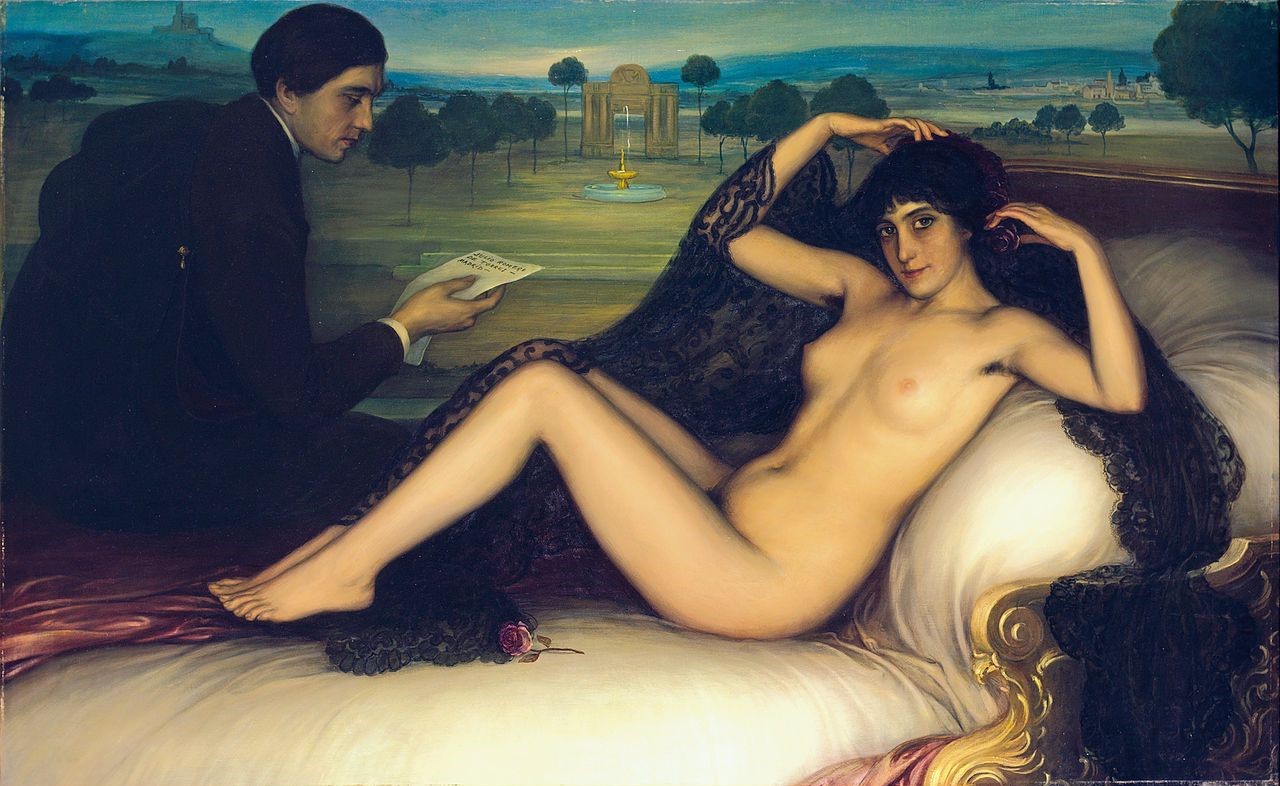
The Carmen Thyssen Museum in Malaga presents an exhibition that reflects on one of the most powerful representations in the history of art: the naked body. The show 'Nudes. Cuerpos normativos e insurrectos en el arte español (1870-1970)' proposes a journey through the evolution of the nude through a century of Spanish art, offering a look at how artists have challenged aesthetic conventions to explore a new view of the human body. With almost 90 works that include painting, sculpture, drawing, engraving and photography, the exhibition highlights how the nude has been a central theme in the transformation of contemporary art, gradually freeing itself from academic impositions.
Curated by Bárbara García and Alberto Gil and open to the public until March, the exhibition invites you to discover how, from the end of the 19th century, artists began to move away from classical representations of the body to delve into new freer proposals, where bodies stopped being myths or allegories to become undressed expressions of reality. This change is clearly seen in the works presented, which show bodies that defy academic ideals of perfection and balance, introducing a plurality of forms, textures and attitudes.
The collaboration of the "la Caixa" Foundation has made it possible to bring together pieces from more than forty museums and collections, offering a wide and diverse view of the nude in Spain. The exhibition ranges from the academic nudes of the 19th century, with virtuoso pieces such as those by Sorolla or Picasso , centered on anatomical study and the ideal of classical beauty, to the more voluptuous and less classical proposals of the 20th century. These include toilette scenes, provocative knots inspired by voyeur photography, as well as representations of femmes fatales or plastic figures devoid of clear narratives, offering a fascinating contrast between the new paradigms of the nude - with creators such as Julio González and Salvador Dalí - and the proposals most linked to the Spanish iconographic tradition, such as those of Romero de Torres or Zuloaga . Also noteworthy are the contributions of Santiago Rusiñol and Ramon Casas , where canonical beauty, erotic drive and the modern vindication of form coexist, exemplified by artists such as Mateo Inurria and Teresa Condeminas .
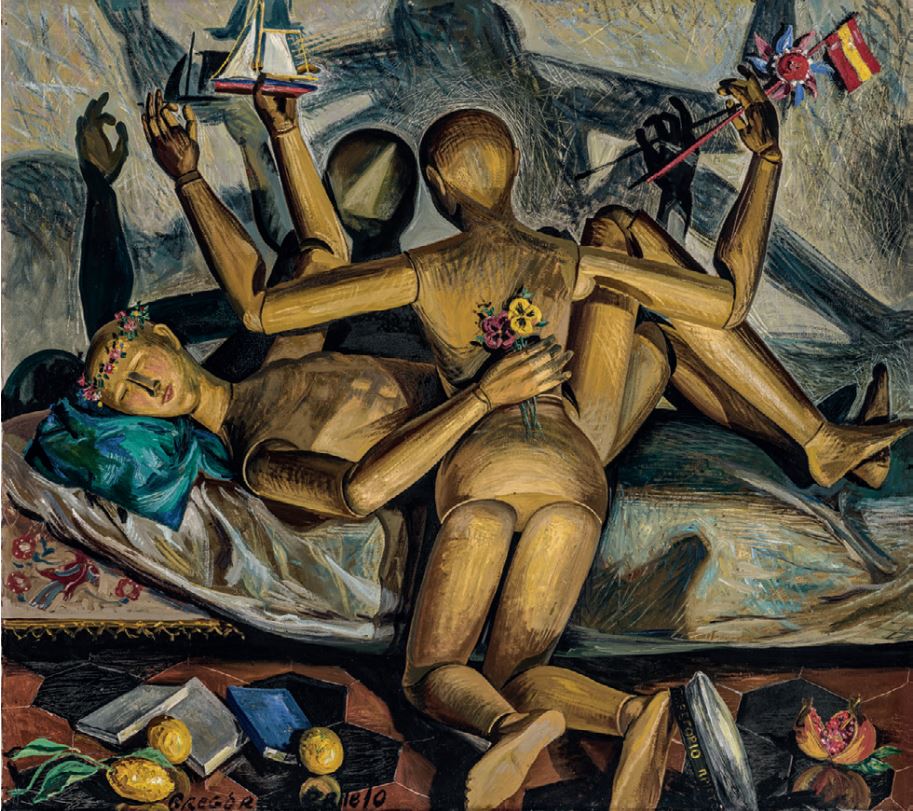
A crucial aspect of the exhibition is the representation of the female nude body through the eyes of female artists, a field often forbidden or restricted by the social and moral limitations of the time. Aurelia Navarro , Teresa Condeminas , Maruja Mallo and Amèlia Riera are examples of how these creators approached the female nude from their own perspective, offering a different interpretation from their male contemporaries. His works reflect social tensions and historical changes, presenting bodies that move between restraint and freedom.
As Lourdes Moreno , artistic director of the Museu Carmen Thyssen Málaga, points out, "the exhibition is conceived as a heterogeneous story open to the personal interpretation of the viewer, with the intention of appealing to sensitive pleasure and to reflect on the idea of beauty, the canon and the mutating nature of modern art."
Through the interaction of artists, images and looks, the exhibition presents contrasts between beauty and ugliness, complete and fragmented bodies, human figures and mannequins, as well as reflections on the passage of time, between youth and old age. All of this constitutes a broad panorama of the naked body, a review of how it has been perceived and represented in modern Spanish art.
